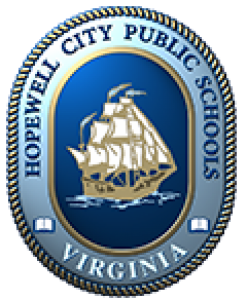 by James C. Sherlock
by James C. Sherlock
In 2015, over 2 million U.S. students attended school on year-round schedules every year in around 3,000 schools in 46 states. Half of those were in California, four-fifths in Western states.
Hopewell school district joined them on Monday in the first district-wide implementation of a year-round public school schedule in Virginia.
Hopewell has two goals:
- avoid the traditional summer learning losses that plague many at-risk school children;
- provide a broader range of educational opportunities to increase the motivation of teachers and students
The Hopewell City public school district has a total student population lower than either one of a couple of Fairfax County secondary schools, so it is small enough to manage this change if leaders, teachers and parents support it.
They have that support so far. The Governor and First Lady attended a ceremony celebrating the initiative. and good for them.
Hopewell schools and all Virginians need this to work.
The need for structural change. The district is poor — free and reduced price meal eligibility 99% — and majority Black (62% last year). It has lost 15% of its white students in the past three years.
The tax base is weak. It contributes only 25% of the per pupil expenditures of the district, compared to a state average of 51%.
Hopewell schools had double the state rate of of out-of-field teachers last year. Reported chronic absenteeism was 17%, led by white student chronic absenteeism of 19%.
Reading and writing SOLs across all grades yielded pass rates double digits below state averages. Math pass rate was six points below.
Nothing the schools had tried had made a positive difference.
Richmond Public Schools will be watching. Hopewell school kids had far better SOL scores than kids in the City of Richmond Public Schools (RPS), but so did every other school district in Virginia. RPS has announced its intentions to consider a year-round schedule next year.
I suspect the final vote will be influenced significantly by the Hopewell experience.
Results elsewhere. From a report of the results of year-round classes elsewhere in America:
“At-risk students tend to do better in year-round setups. Studies have found that disadvantaged students lose about 27 percent more of their learning gains in the summer months than their peers. By being in school the same number of days, but with shorter breaks, these students can keep their minds on a learning track that may not otherwise be fostered at home in the off-months.”
“What does seem clear… is that at-risk students do fare better without a long summer break, and the year-round schedule does not harm other students.”
Bottom line.
Hopewell, with its huge majority of at-risk students, seems to be a promising place to make the switch. Initial reports of teacher and student reactions were favorable.
Yesterday was the first day of school.
We all extend to Hopewell our best wishes for success.

Leave a Reply
You must be logged in to post a comment.